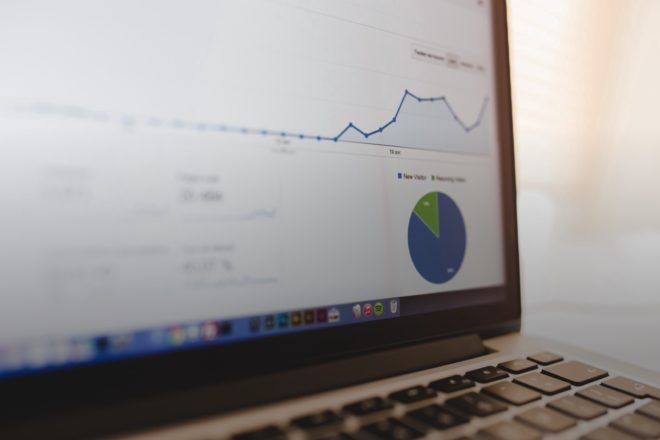What is the lifespan of an article? A day? A week? A year? It can vary wildly depending on the context of the piece, and often it’s far shorter than you’d like it to be given the effort and dedication required to create any type of content.
What then is the lifespan of a data point, particularly for one referenced in a specific article? Traditionally, data, brought to life within charts and graphs, was time bound by that specific article. But today, there are new approaches that could change that.
Business publication Quartz recently launched a site, Quartz Atlas, that hopes to release data to broader audiences.
Atlas gives Quartz, and its audiences, a greater opportunity to reuse and repurpose existing data for new stories. It is a search engine for the many charts that Quartz has created since it was founded in 2012.
By publishing these charts, and their associated raw data, there is a much greater opportunity for evergreen momentum.
Quartz has big ambitions for the site. “Our aspiration is that this becomes the home for charts and data on the Internet,” according to Kevin J. Delaney, editor in chief of Quartz. In a conversation with Nieman Lab, senior editor Zach Seward remarked on the traditional fate of article-hosted data. “It’s silly to throw away all the data away, or lock it away, or keep it from our readers. We have the data, so we might as well let people download it and use it as they wish,” Seward said.
We already know the need for publishers to open up their archives to repurpose content. It’s something that media organizations such as The Atlantic and The New Yorker have done in recent years to drive revenue and attract new audiences. From a data lens, media sites such as The Guardian and FiveThirtyEight are very transparent with their data, though Atlas takes it a step further with its built-in data download feature.
As Atlas grows, more charts are taking advantage of the full potential of the platform. This chart, for example, showing the cost of Oxycontin on the dark web. It contains a detailed description and context for the dataset, Quartz articles in which the chart has appeared, and external articles which the chart has been embedded into. This is the sort of metadata that is invaluable — both getting audiences to similar content and helping publishers to figure out what works.
As a case study, take a look at The Cancer Atlas — a print almanac from the American Cancer Society that Atlantic Media Strategies turned into a digital resource. It contains data and trends that aren’t tied to the news cycle, with implications that can be distributed across the social web in bite-sized nuggets. These data points, whether engaged with on the site or after they are downloaded, help audiences get a better idea of the current cancer landscape — even long after the site launched.
So what does all this mean for brands who want to take advantage of the wealth of data and research at their disposal? A few things come to mind:
- Use a medium that will maximize audience interaction. Publishing your research in a print or PDF report isn’t enough on its own — you need to unlock your data for people to learn from and use effectively. It needs to fit across audience use cases, whether they are on-the-go on their smartphone or in the office on their desktop.
- Build the interface that your audience needs. Sometimes users need interactive interfaces to understand key trends, but sometimes the most helpful thing you can do as an organization is to simply allow your audience to download and use the data themselves.
- Find new implications — and share them. As the news cycle churns, find new ways that your research applies to current events, and enter relevant conversations with smart, social content. Then engage with those readers who are coming up with their own implications from your data.
Atlas eventually wants to open up the ability for its audiences to create their own charts (probably using Quartz’s Chartbuilder), creating even more utility for Quartz’s audience. In the meantime, brands can continue to brainstorm ways to elevate their own data and research for new and existing audiences.
